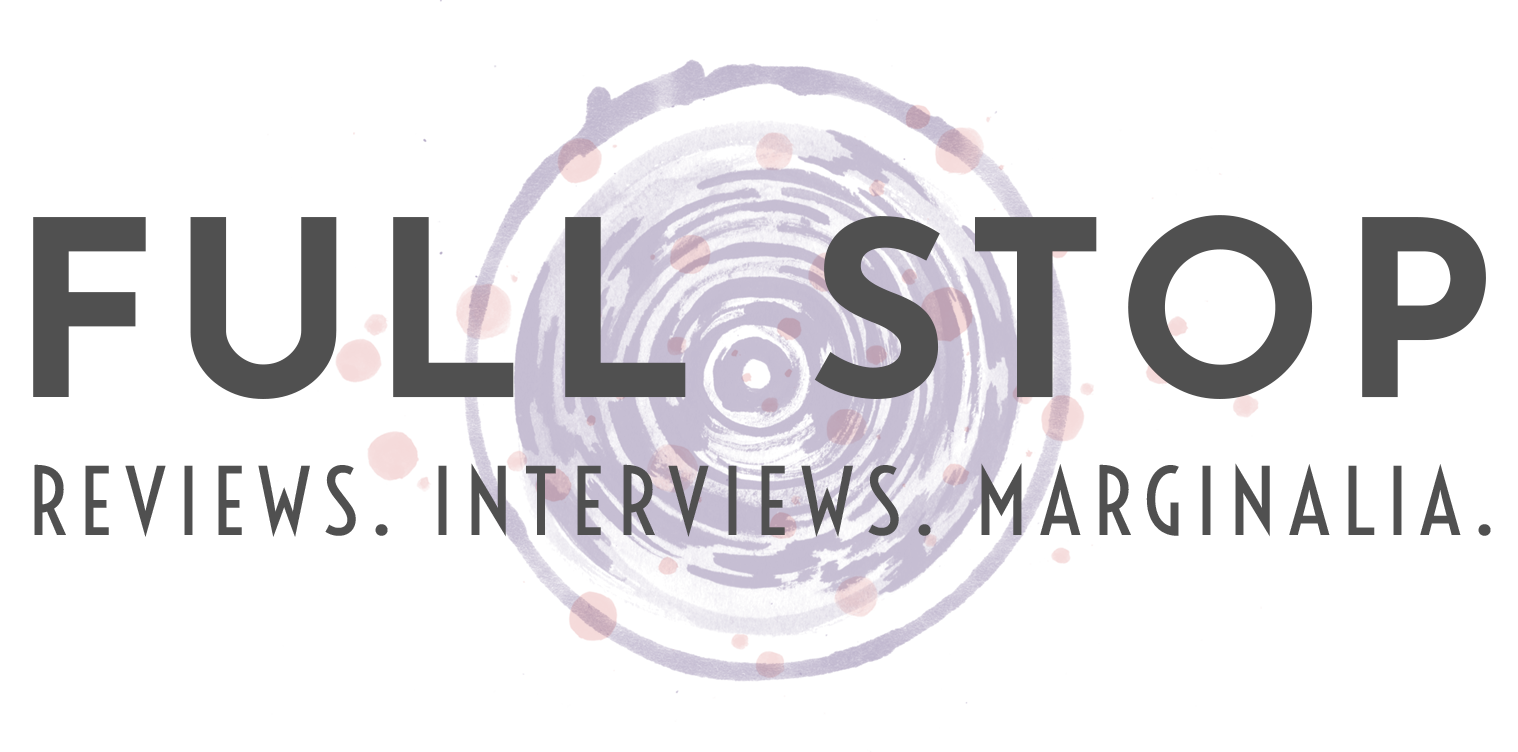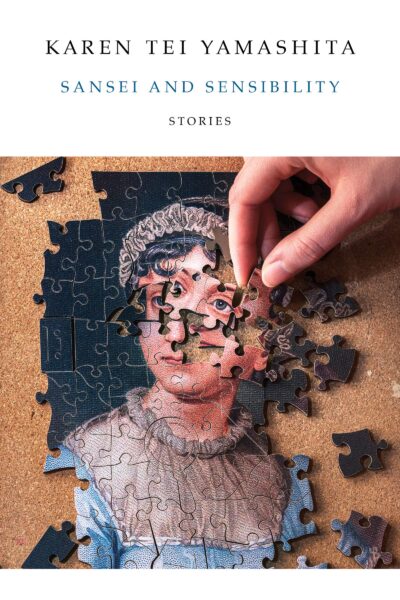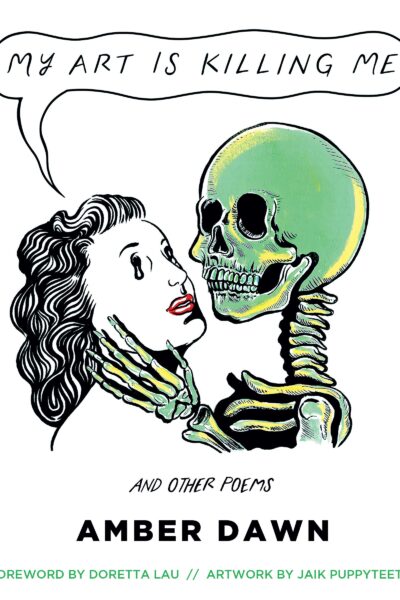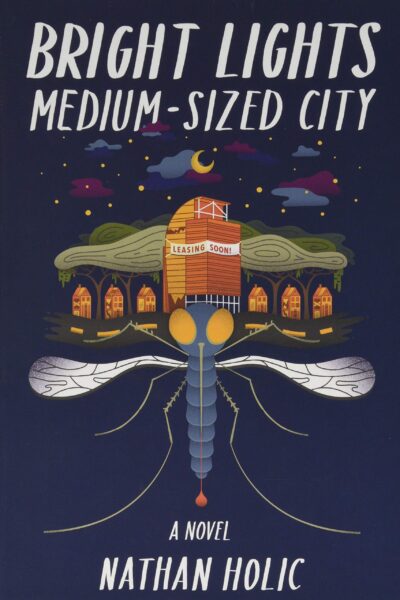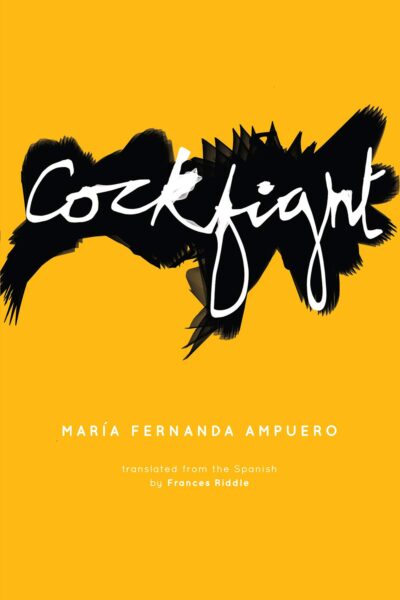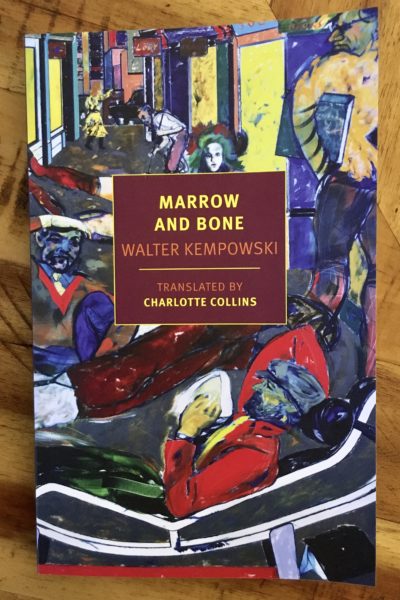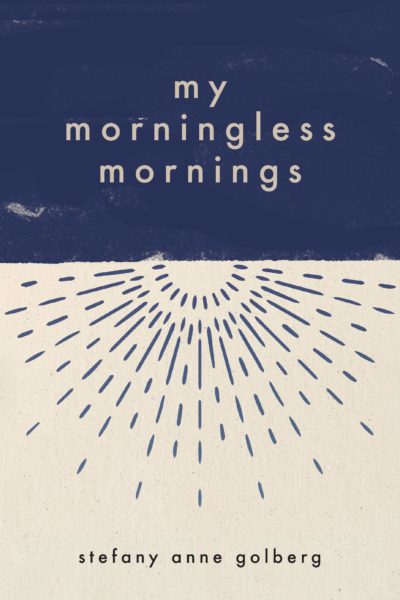Sansei and Sensibility – Karen Tei Yamashita
It doesn’t take a Janeite, however, to enjoy these stories, or to sense that Yamashita’s engagement with Austen runs somewhere between pastiche and parody.
The Wanting was a Wilderness – Alden Jones
Exploring the terrain of truth, especially of ourselves, especially the mirror of our past actions, is not for those lacking determination.
The Artist as Economist: Art and Capitalism in the 1960s – Sophie Cras
Even as this text overtly laments the degree to which Marxist art criticism has focused too greatly upon the political underpinnings of the artwork (ideology critique), this study ultimately finds itself succumbing to its own third way politics.
My Art is Killing Me and Other Poems – Amber Dawn
My Art is Killing Me reflects what it’s like to intimately carry someone else’s exhale; Dawn’s work becomes like a release of the tension, a liturgy on the job.
Bright Lights, Medium-Sized City – Nathan Holic
Nathan Holic toys with the role of writer as creator in his book BRIGHT LIGHTS, MEDIUM SIZED CITY.
Cockfight – María Fernanda Ampuero
The majority of the stories in Cockfight end on an uneasy note that suggests the continuity of violence and the messy reality of living with its legacy.
By narrating natural destruction in a neutral tone, Fauna models one way that climate-fiction can serve environmentalism.
The Imago Stage – Karoline Georges
Georges suggests that reality can be lived, forming a lasting image instead of the preserved, yet temporary image of the virtual.
Marrow and Bone – Walter Kempowski
The overall mood of the novel combines these two elements, of trauma and consumption, the trauma kept at arm’s length while the consumption is real, material, and close.
My Morningless Mornings – Stefany Anne Golberg
Her essays seek lost worlds, not for the purpose of restoring them, but because for Golberg the mere act of searching is an ideal in itself.
